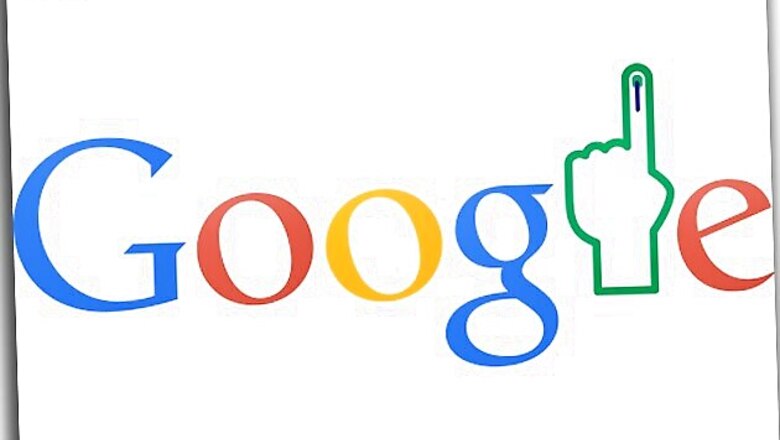
views
New Delhi: On the counting day of the Lok Sabha Elections 2014, Google has put up a doodle on the India homepage that features an ink-marked index finger in place of the letter L. The rest of the letters remain intact.
In other countries, Google usually posts its election doodle on voting day but as elections in India are conducted over a number of phases, Google would have thought it to be more appropriate to post the doodle on the counting day.
Results of India's election are due on Friday, after a record number of voters cast their ballot in the five-week-long marathon. Although India's elections are notoriously difficult to predict, exit polls project a win for a coalition led by Hindu nationalist Narendra Modi.
There are 543 seats in the lower house of parliament known as the Lok Sabha. In addition, two Anglo-Indian members may be nominated by the president if he feels that the community is not adequately represented in the house.
For a political party to secure a parliamentary majority, and form the government, it needs to win 272 seats in the elections.
Winning an outright majority has grown more difficult over the years for the two main national parties - Congress, which has governed India as part of a coalition for the last decade, and the opposition BJP. That's because power has increasingly radiated toward regional parties, whose support has been crucial to form a government.
Some of these regional players have also banded together to form a loose "third front", a possible alternative to the Congress-led United Progressive Alliance (UPA) and the BJP-led National Democratic Alliance (NDA). Outside support from regional parties can be fickle.










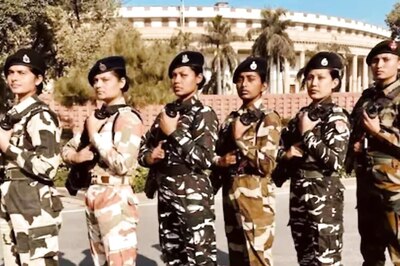



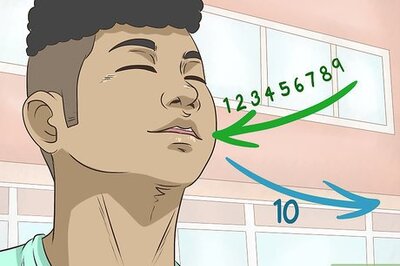
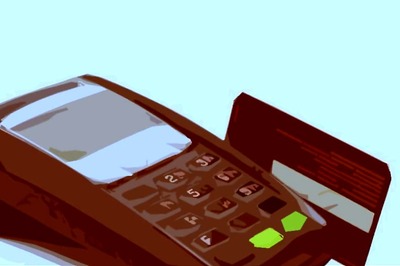
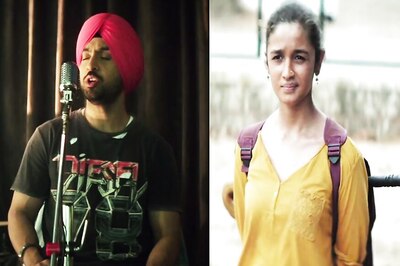
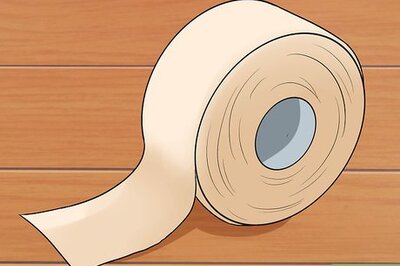

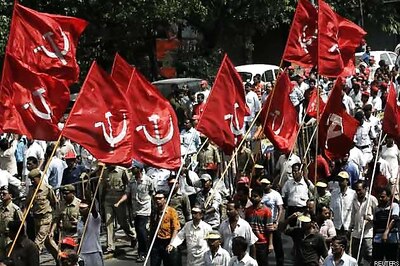
Comments
0 comment